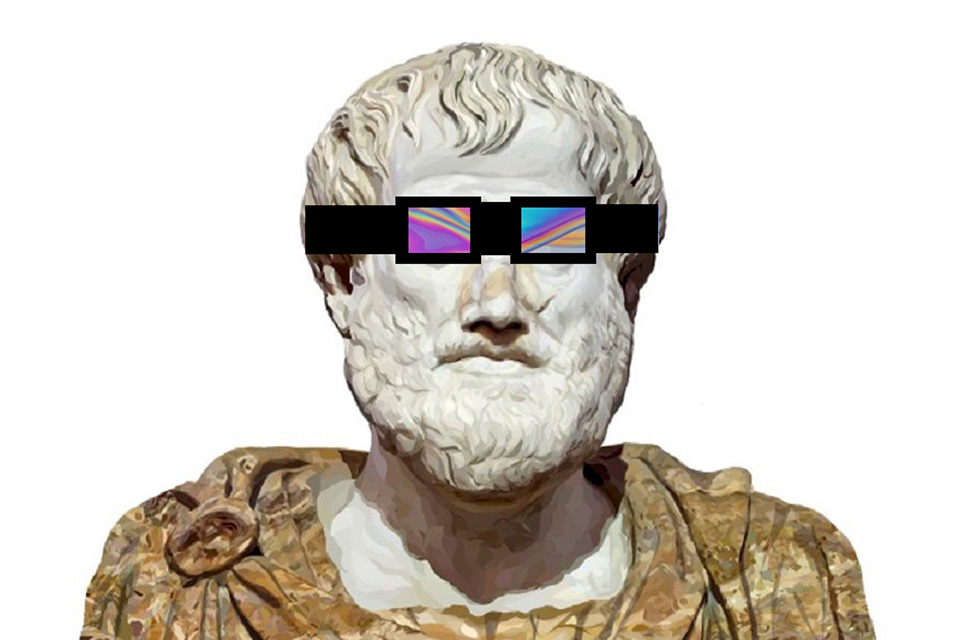Dr. Segovia Guest Lectures for Spanish Doctoral Students on Animism and Contemporary Philosophy
Professor Carlos Segovia, Ph.D. (Humanities and Social Sciences), visited the University of Seville’s Department of Philosophy, Logic and Philosophy of Science to lecture to doctoral students on the intersection of contemporary philosophy and indigenous cosmologies against the background of today’s ecological-political crisis.
According to Segovia, animistic cultures such as Amazonia, Papua New Guinea and Siberia defy not only our understanding of what the world is (a universe of stable entities that can be categorized), but also any attempt to dissolve the multiplicity constitutive of reality into the grammar of capitalism, which makes all things equivalent under the law of an abstract principle instead of allowing them expressive freedom.
Furthermore, Segovia contends that animistic worlds must be viewed as differential worlds rather than different cultural perceptions of a single univocal world, and that it is possible to access them without suppressing their otherness. First, we need to study arithmetic, as irrational numbers have the key to understanding the inner logic of the animistic world. Secondly, we need to substitute Spinoza’s dynamic materialism for Aristotle’s static substantialism (which does not assist us in our understanding of the animistic world), and finally, we must realize that their plural semiotics parallel ours prior to our normative transformation into adult white male(-like) normopaths.
Thus, in his lecture, Segovia compared Homer’s Iliad with Amazonian warrior songs, which may be said to relate to one another as the more-than-one-but-less-than-two sides of a Möbius strip, and he proposed a side by side reading of Pierre Clastres’s anthropology and Félix Guattari’s philosophical critique of semiotic capitalism to assess the ways in which animistic cultures constitute machines of dissidence against the stratifying grammar(s) of the One.
